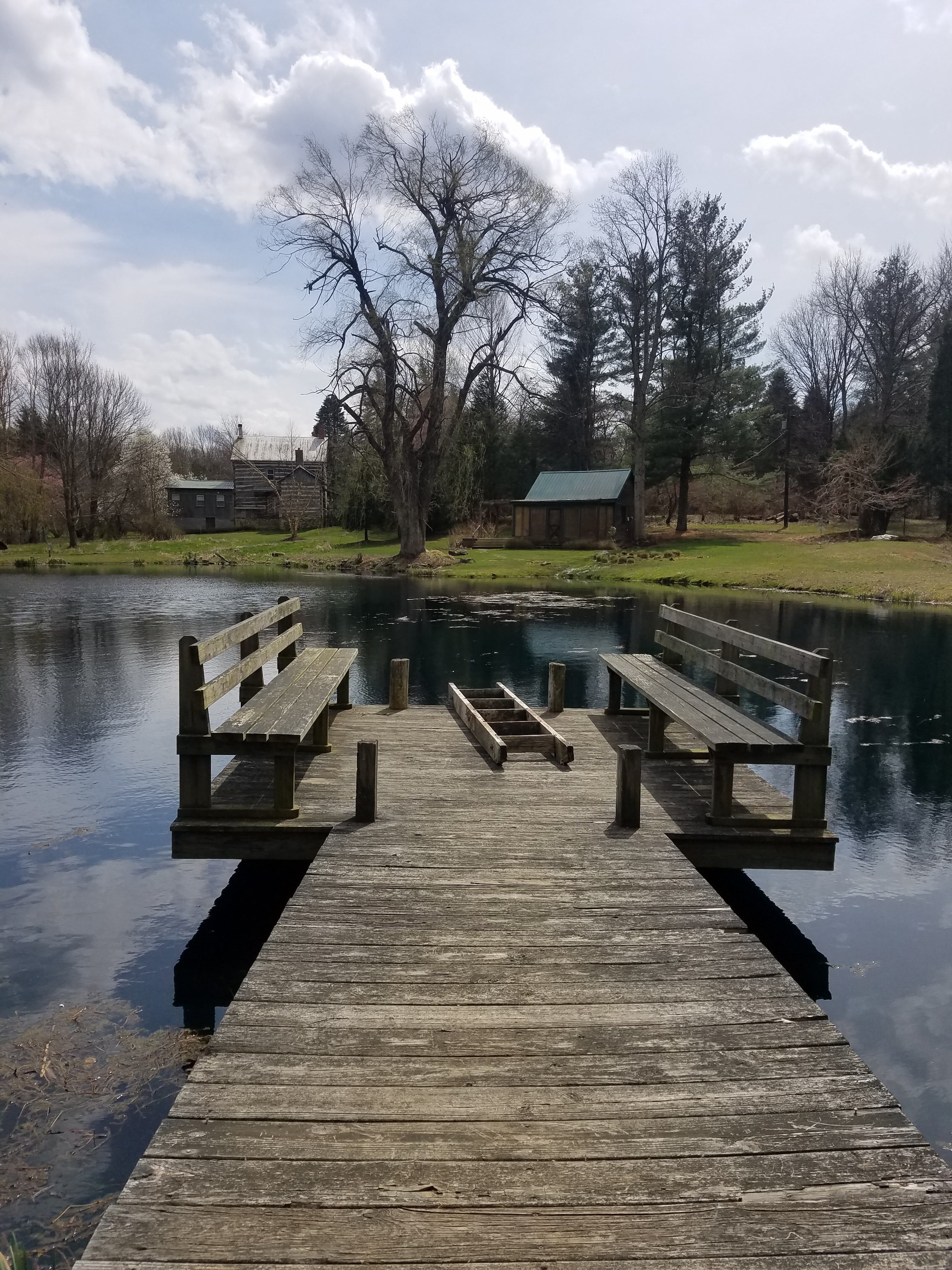 Yes, you read that correctly. Today’s post is all about the composting toilets at ThorpeWood. Many of you already know that ThorpeWood is a green design building, and that protecting and preserving our natural resources was the driving thought behind the construction of the Lodge. One of the ways that we help to do that is by utilizing composting toilets, and let’s face it, that has been an area of interest pretty much since the beginning. What many of you might not know is how these composting toilets work and why we feel they are such a benefit – not only to ThorpeWood – but to the environment as a whole.
Yes, you read that correctly. Today’s post is all about the composting toilets at ThorpeWood. Many of you already know that ThorpeWood is a green design building, and that protecting and preserving our natural resources was the driving thought behind the construction of the Lodge. One of the ways that we help to do that is by utilizing composting toilets, and let’s face it, that has been an area of interest pretty much since the beginning. What many of you might not know is how these composting toilets work and why we feel they are such a benefit – not only to ThorpeWood – but to the environment as a whole.
Let’s begin with an environmental impact factoid: 12.5% of nitrogen pollution in the Chesapeake Bay is from septic systems. According to this Source, both nitrogen and phosphorus feed algal blooms that block sunlight to underwater grasses and suck up life supporting oxygen when they die and decompose. These resulting “dead zones” of low or no oxygen can stress and even kill fish and shellfish. Algal blooms can also trigger spikes in pH levels, stressing fish, and create conditions that spur the growth of parasites.
Instead of a conventional septic system, ThorpeWood uses a nutrient recycling system that returns nutrients to the earth. Our composting toilets are manufactured by Clivus. The Multrum system we use converts human waste (solid and liquid) and food scraps into odor-free and safe-to-handle solid compost and liquid fertilizer.
Whereas the typical toilet uses between 1.6 and 8 gallons per flush, the Clivus uses no water for flushing and a negligible amount of water in the collection chamber. Pine mulch and red worms help the composting process. Air flowing into the toilet initiates sanitation of fecal matter and sanitizes fixture surfaces without the use of chemicals, while fans pull air down the toilet chutes and vents from one of the cupolas. roof windows, keeping restrooms odor-free at all times.
After slowly migrating through a bulking agent of pine shavings several feet thick, the nutrient rich liquid is temporarily stored in a large tank in the basement of the the Lodge, awaiting to be transferred to a mobile tank and taken to an open field to be sprayed onto the grasses. This process happens about four times a year and approximately 3000 gallons of this Clivus liquid is land applied. Solids from the Clivus are removed one to two times a year. The material removed has broken down to such an extent that nothing is identifiable and it resembles coffee grounds. The amount removed is approximately the volume equivalent of three to four 30 gallon trash bags. The complete decomposition cycle of the solids is four to five years. Solids go into our horse manure composting piles and eventually go back onto our horse pastures as fertilizer.
All human waste, solids and liquids are handled as described above. The composing toilets effectively reduce water consumption at ThorpeWood by 75-90%. The plumbing separation (try this site for services)of human waste from all other wastewater, called gray-water, allows us to handle the gray-water differently, ie. not as septic or sewage. You can also read this to know more about plumbing services.In conjunction with the Clivus Multrun composting toilets, we have gray-water nutrient recycling system (that was fixed by the HAQP | Plumbing experts & Installation), which land applies the gray-water (soapy water with no human waste) to a series of shallow (6 inches deep) troughs. From these troughs the water is slowly percolated into the very active microbial layer of topsoil and is stripped of much of the nutrient value of this water before the water goes back into the ground water.
There is nothing high tech or sophisticated about this system. The basic principles are to replicate as near as possible the natural process of nutrient uptake and water purification …amazingly simple really.
Yes, you have just finished reading a blog post about toilets! The next time you come up to ThorpeWood, make sure to check them out.

